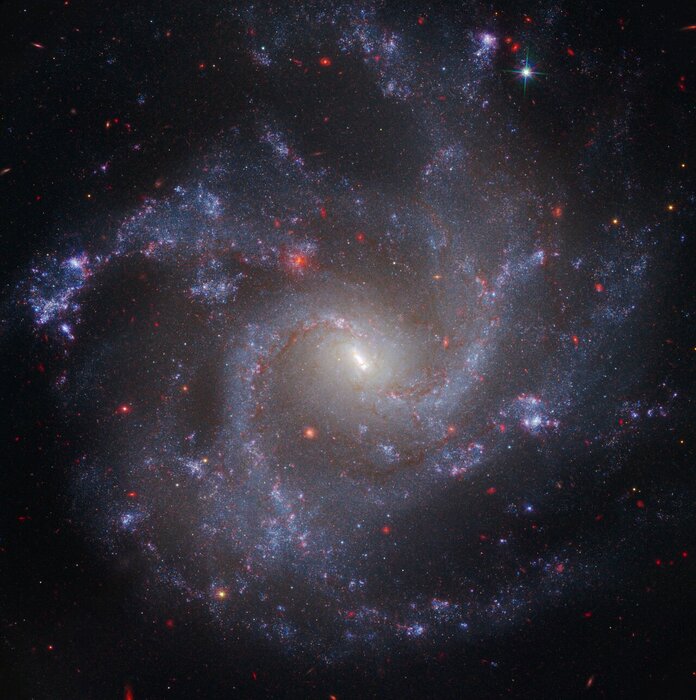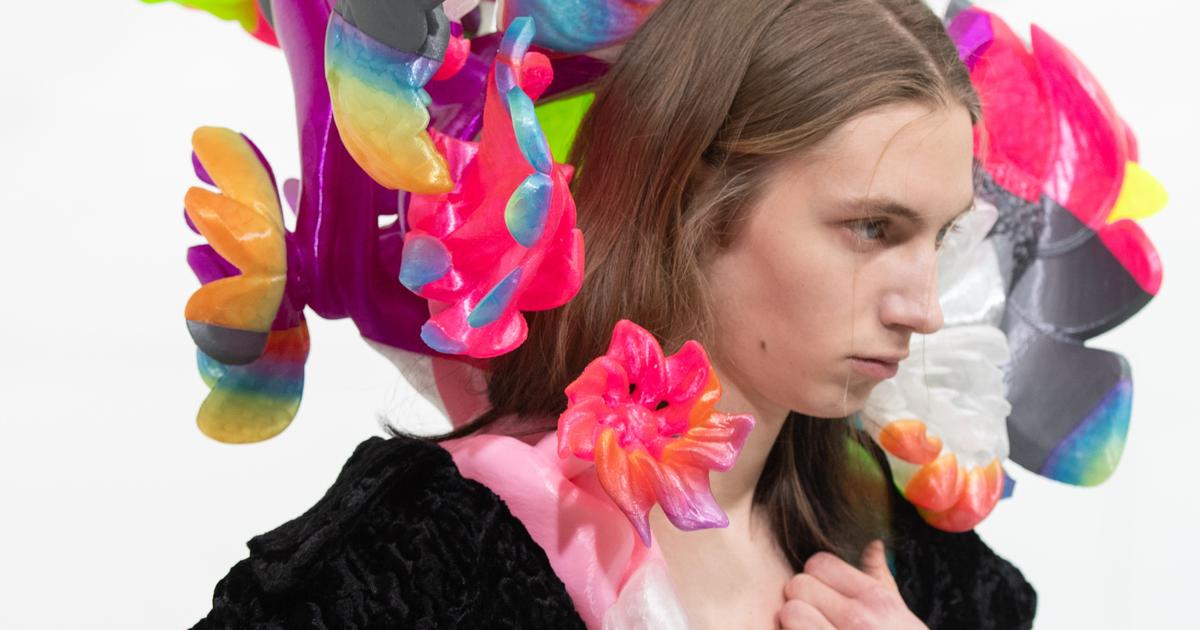New look at the universe: First picture of Hubble's successor here!
Created: 07/12/2022, 07:32
NASA handout: The galaxy cluster SMACS 0723, taken by the James Webb Space Telescope.
© NASA, ESA, CSA, STScI, Webb ERO/Imago
It is a marvel of engineering: the James Webb Space Telescope.
US President Biden speaks of a "historic day".
Washington - A look back more than 13 billion years: The US space agency Nasa has published the eagerly awaited first color image of the James Webb Space Telescope.
The image, presented on Monday at a presentation with US President Joe Biden in the White House, represents the "deepest and sharpest infrared image of the early Universe" ever taken, according to NASA.
The galaxies shown were formed more than 13 billion years ago and thus relatively soon after the Big Bang.
"Today is a historic day," said President Biden.
The most powerful space telescope in history is "a new window into the history of our universe".
The image, taken over a period of 12.5 hours, shows thousands of galaxies.
It focuses on a cluster of galaxies called SMACS 0723. This acts like a gravitational lens, magnifying much more distant galaxies.
Space: Experts excited about James Web Telescope
Experts were enthusiastic about the recording.
"Fantastic - galaxies upon galaxies upon galaxies," Cornell University astronomer Jonathan Lunine told AFP.
"Although by no means the furthest Webb can see, it is the deepest image ever taken and demonstrates the power of this remarkable telescope: incredible sensitivity, a wide range of wavelengths and sharp image clarity."
Harvard University astronomy professor Avi Loeb said the image shows older galaxies in red.
The bright circles and ellipses are younger galaxies.
Loeb was "thrilled" that the space telescope can look even closer to the time of the big bang - the Big Bang - 13.8 billion years ago than in the image that has now been published.
Space: Nasa wants to show new images - distant galaxies
NASA plans to release more images from the James Webb telescope on July 12.
In addition to distant galaxies, a huge gas planet and the Carina Nebula, a cloud of cosmic dust and gas 7,600 light-years away, were also recorded, as NASA previously announced.
also read
Drought emergency in Italy: what vacationers on Lake Garda and in Tuscany need to know now
Putin plane lands in Switzerland - observers in excitement
The James Webb Telescope uses infrared technology to penetrate clouds of cosmic dust and capture light from the very first stars.
At the heart of the Webb telescope is a concave mirror six and a half meters in diameter.
The telescope, which was also built with German participation, was launched in December after decades of preparation.
An Ariane 5 rocket launched the Webb telescope on Christmas Day from the Kourou Cosmodrome in French Guiana.
The telescope far surpasses its predecessor Hubble in size and complexity.
It looks further into space than Hubble and therefore further back into the past.
The estimated cost of the project: around ten billion dollars, around 9.9 billion euros.
(AFP/dpa/frs)










/cloudfront-eu-central-1.images.arcpublishing.com/prisa/KMEYMJKESBAZBE4MRBAM4TGHIQ.jpg)



